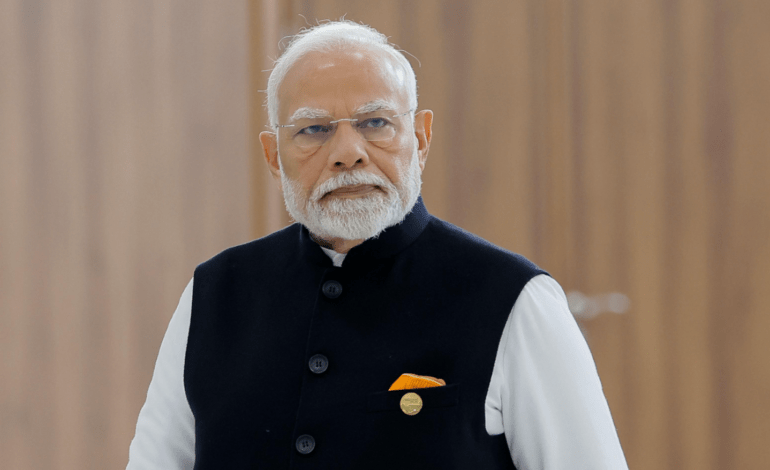
India’s strategy in global geopolitics: balancing US, Russia, China
India’s current strategic posture reflects a balancing act amid an unpredictable global landscape shaped by shifting alliances, rising power rivalries, and emerging threats.
A key challenge lies in managing U.S. President Donald Trump’s unpredictable approach to India–Pakistan relations, alongside the growing Chinese influence in South Asia and New Delhi’s reliance on Russian defence and energy supplies. India must also maintain an active presence in both BRICS and QUAD while countering the increasing military cooperation between China and Pakistan, as seen in the aftermath of the Pahalgam terror attack.
India’s response to Trump’s “America First” policies has been measured. Prime Minister Modi’s February visit to the White House showed a willingness to align strategically while defending India’s trade interests. India also chose cooperation over confrontation regarding the return of illegal Indian migrants from the U.S.
Meanwhile, the strengthening Sino-Pakistan-Türkiye axis presents a military threat, evident in Pakistan’s use of Chinese weapons and Turkish drones. Bangladesh’s tilt toward China and Pakistan adds another layer of complexity.
In the Afghanistan-Pakistan region, Islamic terrorism persists, with Pakistan enabling Taliban-China cooperation under the Belt and Road Initiative, in exchange for Taliban silence on Uyghur issues.
India’s foreign policy also faces tests in the Middle East, where escalating Iran-Israel tensions risk a broader conflict. India has maintained balanced relations with Israel, Iran, and Saudi Arabia, advocating peace and a multipolar global order.
India must continue fostering ties with both the U.S. and Russia while countering China’s aggression. With terrorism a shared threat, particularly from groups like ISIS-K and TTP, strategic convergence with democratic powers remains essential.
India’s vision of a multipolar, peaceful world hinges on strong defence, economic self-reliance, and principled diplomacy.